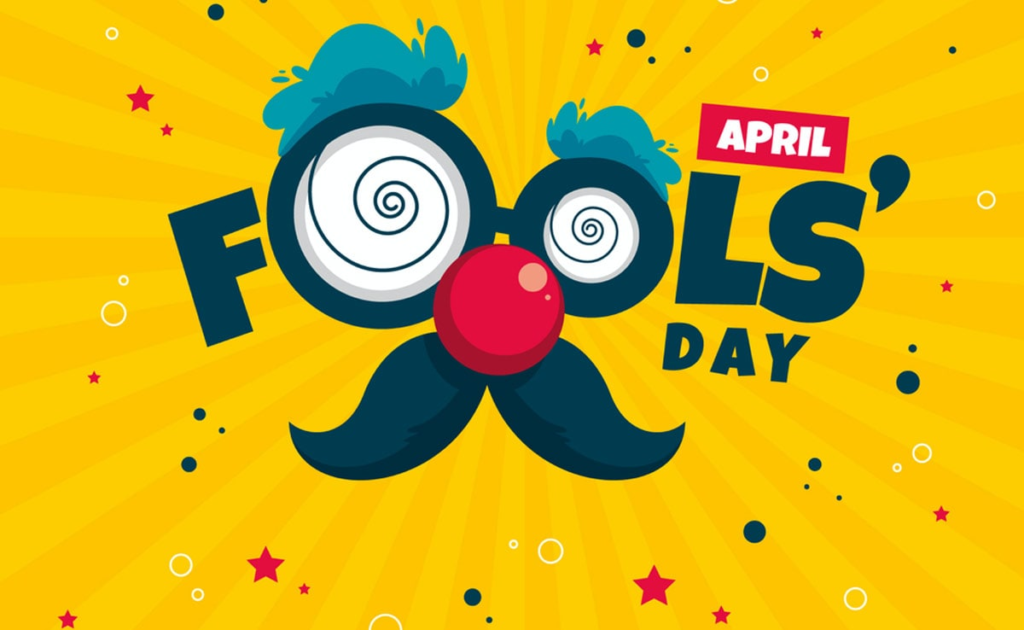
Table of Contents
- A Day for Fools: What Is April Fool’s Day?
- Theories Behind the Origins
- France, Calendars, and Confusion
- Spreading the Laughter Across Europe
- April Fool’s in Modern Times
- Famous Pranks That Made Headlines
- Why We Still Celebrate It
- Final Thoughts: The Power of Play
1. A Day for Fools: What Is April Fool’s Day?
Every year on April 1st, people around the world engage in light-hearted mischief, elaborate hoaxes, and playful tricks. It’s a day when logic takes a backseat, and laughter drives the wheel. But have you ever paused to wonder where this day of jesting began?
April Fool’s Day might seem like a modern invention, but its roots dig deep into history, full of mystery and cultural twists.
2. Theories Behind the Origins
There’s no single, official explanation for how April Fool’s Day began. In fact, historians have debated it for centuries. The truth is: April Fool’s Day didn’t start in one place at one time. Instead, it seems to be a blend of ancient festivals, calendar shifts, and good old-fashioned human love for laughter.
3. France, Calendars, and Confusion
One of the most widely accepted theories traces the origins of April Fool’s Day back to France in the 16th century. Here’s how it goes:
- In 1582, Pope Gregory XIII introduced the Gregorian calendar, shifting the start of the new year from the end of March to January 1st.
- But news spread slowly in those days. Some people didn’t get the memo—or refused to accept the change—and continued celebrating the new year in spring.
- These people became the butt of jokes. They were labeled “April fools” and tricked with fake invitations or silly gifts.
Thus, a playful tradition may have been born from a simple case of miscommunication.
4. Spreading the Laughter Across Europe
April Fool’s Day didn’t stay confined to France. Over time, the idea of dedicating a day to light-hearted pranks spread to:
- England and Scotland, where the tradition of playing tricks flourished by the 18th century.
- Germany and the Netherlands, where newspapers even joined in with fake stories.
- India, where the day found resonance with Holi, a festival of color and joyful chaos that sometimes overlaps with early April.
It seems laughter needs no translation.
5. April Fool’s in Modern Times
Today, April 1st is more than just pulling pranks on your friends and coworkers. Brands, governments, and media outlets often join in on the fun with elaborate hoaxes. Tech companies might announce fake products. News channels might share a seemingly credible—but entirely false—story.
But it’s not just about trickery—it’s about surprise, creativity, and laughter.
6. Famous Pranks That Made Headlines
Over the decades, some April Fool’s stunts have become legendary:
- The BBC’s “Spaghetti Tree Hoax” (1957): A fake news segment showed people harvesting spaghetti from trees in Switzerland. Viewers were baffled—and some even asked how to grow their own.
- Taco Liberty Bell (1996): Taco Bell announced it had purchased the Liberty Bell and renamed it the “Taco Liberty Bell.” The prank caused a stir before the truth was revealed.
- Google’s Pranks: From announcing Google Nose (a “smell search” engine) to “teleportation search,” the tech giant has made April Fool’s part of its brand personality.
These stunts remind us how a well-crafted joke can travel across borders and time zones.
7. Why We Still Celebrate It
In a world often filled with seriousness, April Fool’s Day gives us permission to let go, laugh, and be silly—just for a while. It doesn’t require a big budget or grand event. A simple prank and a shared laugh are enough to remind us that joy is contagious.
8. Final Thoughts: The Power of Play
Though its origins are hazy, one thing is clear: April Fool’s Day has stood the test of time. From medieval festivals to modern internet hoaxes, the spirit of fun unites people across ages and cultures.
So next time you plan a clever prank or fall for a fake announcement, remember—you’re taking part in a centuries-old tradition that proves humor may just be humanity’s oldest language.

